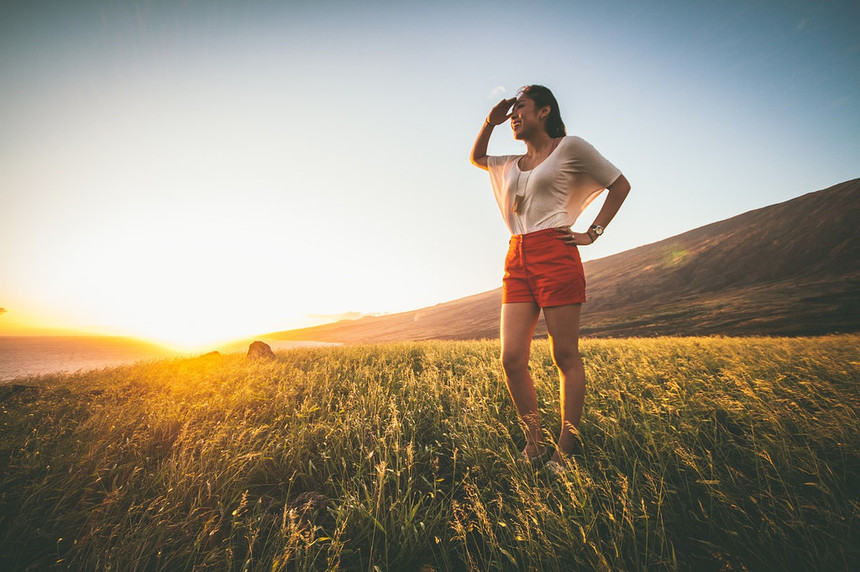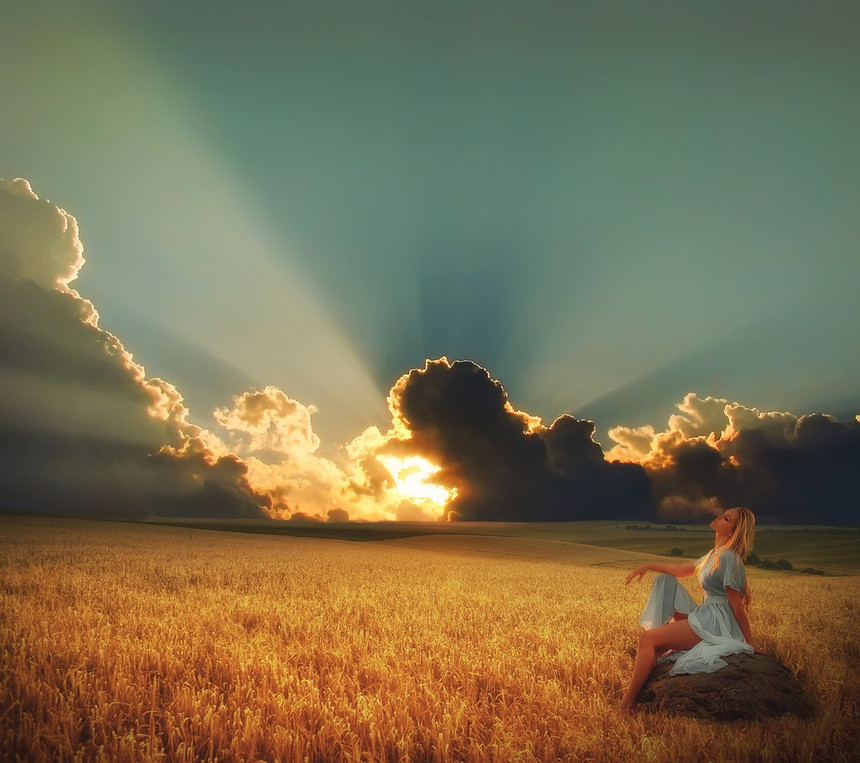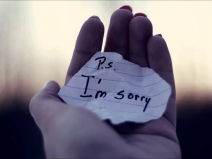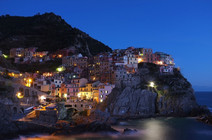
"Golden hour" is called one of the most magical phenomena of nature, which we, in our daily hustle and bustle almost do not notice. But if you look closely, the landscape flooded with sunrise or sunset can not but cause admiration!
This time is adored by photographers and true romantics. You've seen the amazing photos of the sunrise, barely touching the tops of the trees and as if awakening nature from its sleep, right? And not a single great poet in his poems has not avoided the theme of dawn, flooding the neighborhood with bright sunlight.
In fact, each of us can also touch this magic. The fact is that the "golden hour" is the period of the day immediately after sunrise and just before sunset.
Scientifically speaking, the "golden hour " occurs from the moment the Sun appears from behind the horizon until it reaches 6° above the horizon. By the way, the " golden hour" can also be observed in the evening, during that period when the "celestial luminary" passes the last 6° before it disappears over the horizon.
So why is the "golden hour" called magic? It's pretty simple here. Being virtually level with the horizon, the sun's rays literally pierce space horizontally, filling it with diffuse, soft and warm light.

If you pay attention, the brightness of the sky during this period corresponds to the brightness of street lamps, illuminated house windows or the light of car headlights. Therefore, observing people or objects illuminated by the low-lying Sun, one gets the impression that they are surrounded by a luminous halo. No wonder photographers love this amazing time so much.
P.S. It's not just photographers who know about this time. Car enthusiasts really "love and appreciate" this time. During this period you get the feeling that all the roads go east in the morning and west in the evening. Neither sunglasses nor sunglasses help. Visibility is almost zero, and all movement is solely by the instrument.
By the way, do not think that the "golden hour" is so called because it lasts all of 60 minutes. In fact, it is not such a long phenomenon. Much depends on the specific location. Closer to the equator, this period is shorter and takes a few minutes, while closer to the poles, the "golden hour" lasts longer than the standard 60 minutes.
By the way, at certain times of the year at the poles the "golden hour" can last more than a day!
Photographers love this time and always try to "catch" it to make the most wonderful photos. And it's quite understandable, considering that during the day, when the sun is high, it creates strong glare and casts bright shadows from any object. Creating masterpieces of photography, especially doing portraits in such lighting is virtually impossible.

But everything changes when the "golden hour" comes. The thing is that the rays from the low Sun penetrate into the atmosphere at a greater distance, which reduces the intensity of the light. It becomes softer, more enveloping. Not surprisingly, images taken against a backdrop of a sun-drenched environment look truly magical. The diffuse beams bring out the qualities of the objects around them, bringing out their textures while casting oblong, soft shadows.
All this only serves to emphasize the fact that our nature is rich with the most wonderful phenomena. You just have to learn to notice them in the hustle and bustle of everyday life.





Comments ('0')
Discuss